Renault will radically rethink its approach to interior design with its next-generation electric cars, due from 2028, as part of a bid to improve usability while moving upmarket and embracing ultra-advanced new technologies.
“We are going to bring breakthrough solutions on pretty much everything, including the cockpit and user interaction,” explained head designer Gilles Vidal, as he detailed the futuristic cockpit of the firm’s radical Emblème concept, which is set to evolve into a production car in just over three years’ time.
The show car’s freshly revealed cabin marks a dramatic departure from the firm’s current production car interiors, with an overt focus on digitisation and touch controllability, along with a new approach to ergonomics and prioritisation of driver safety.
The highlight of this new approach to cabin design will be the integration of a new wraparound display that includes three separate screens and spans the entire width of the dashboard, running a future iteration of Renault’s OpenR infotainment system.
The opportunities that affords in terms of “interaction” and “immersivity” are numerous, said Vidal, but Renault will simultaneously buck a trend towards all-out digitisation by ensuring that its future models still have buttons and switches for the most important controls.
“We want to give some physical buttons on top. We will create a hierarchy between all the things that you have to do in a car,” he said.
“For the next generation of cockpits we need to understand what is clever to do [as a button], regarding the evolution of cars and car use. What is clever, we will keep as physical buttons.
“We want to find this balance between physical interactions and screen interactions. They need to be super-visible - there are more and more features and functions inside cars, so our responsibility is to make this super-intuitive and easy-going.”
Vidal elaborated that the firm is adopting a new ‘phygital’ approach to cabin design – meaning a mix of physical and digital controls, including the volume controls and haptic buttons for infotainment – as part of a move to ensure its cars are as functional and as up-to-date as possible, while minimising distractions on the move.
“The easiness of use is the main thing,” said Vidal, adding: “We see some brands with the obsession of putting everything on screens, but maybe that’s not so good in terms of easiness, of understanding every adjustment that you need to do in the car.”
The elements defining Renault's next-gen interiors
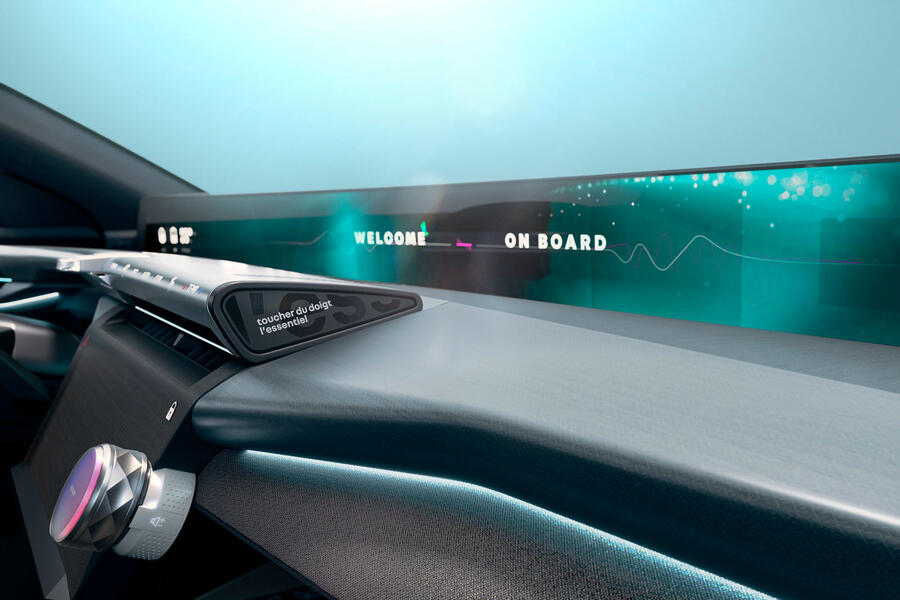
Avoiding distractions
Next-gen Renault cockpits will strike a balance between visibility and reachability, with the display screens mounted ahead of the touch panel to avoid unnecessary distractions. “If you have a display screen further away, the touchscreen can be a bit closer to your hands, so your sight doesn’t go away from the road for too long,”
Sound system
Sound systems will play a huge role in Renault interiors going forward. The firm will continue to use sound effects designed by electronica legend Jean-Michel Jarre, and will look to create “a really appealing design for speakers, instead of hiding them”, said Vidal.
Prominent volume knob
Volume control knob is modelled on that from an upmarket hi-fi system, embodying Renault’s drive to improve long-term durability and in recognition that tactility is “super-important in terms of the feeling of quality you get to the world”.
Voice control
“Voice control is an incredible asset,” said Vidal, explaining that advances in artificial intelligence technology mean that users can take a more conversational approach to activating key functions. You will be able to say “turn the fog-lamp on”, for example, and the car will welcome you with greetings like: “Where are we going today?”
Simpler touchscreens
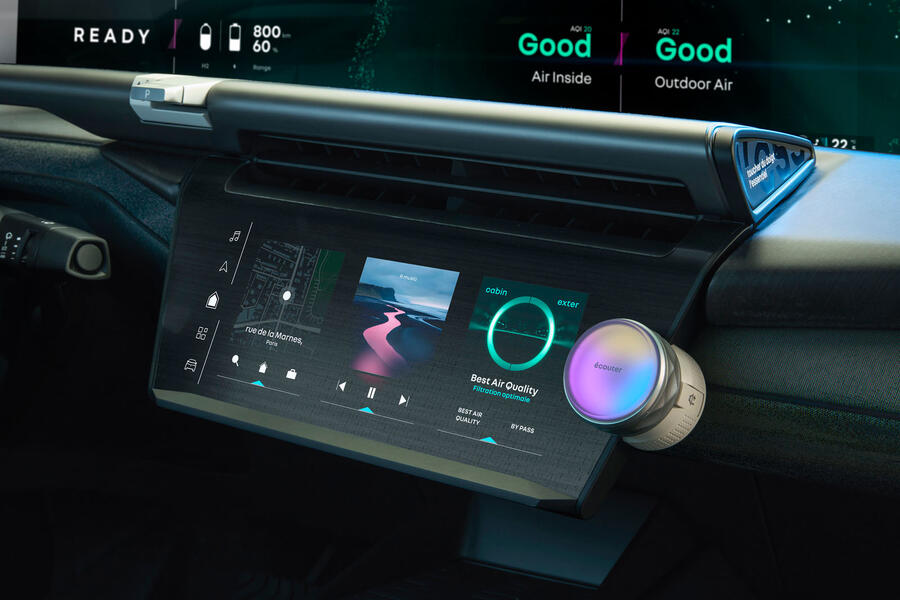
Eradicating needless tapping is a key priority for Renault’s future infotainment systems. “On average, most cars have three, sometimes four levels of delving to the functions,” said Vidal. “Here it is zero, or almost zero.” Renault claims around 90% of functions can be adjusted without delving into sub-menus.
Widgets
Users will be able to very quickly and easily display the information they want on each of the three screens. ‘Widgets’ – including weather forecasts, speed readouts and music players – can be swiped from the central touchscreen onto any of the three dashboard display screens with one movement.
Artificial intelligence
Embracing AI isn’t all about enabling raw functionality. “People will buy emotion before anything else,” said Vidal, explaining that the increasing amount of cameras around a car allow it to read its surroundings – a forest or a coastal road, say – and mirror the environment inside using the ambient lighting. Or “if you are going through an ugly area, then you can display nice things”.

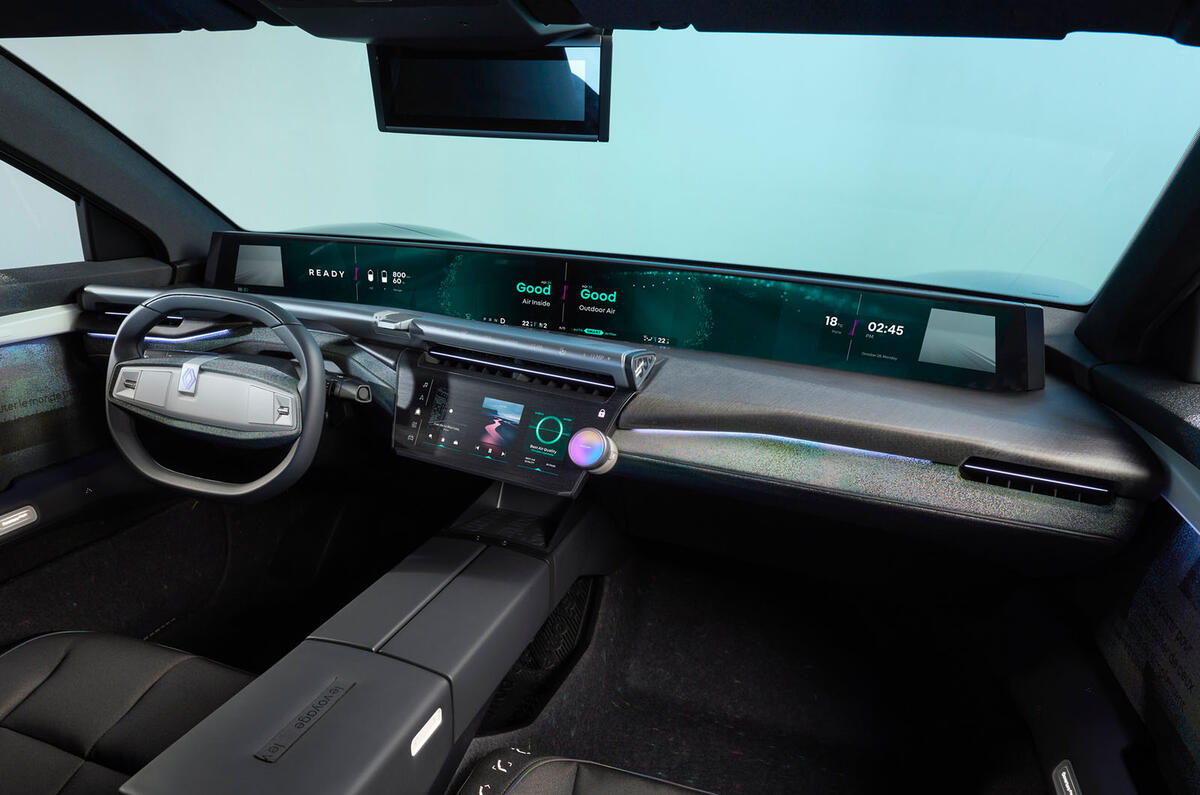

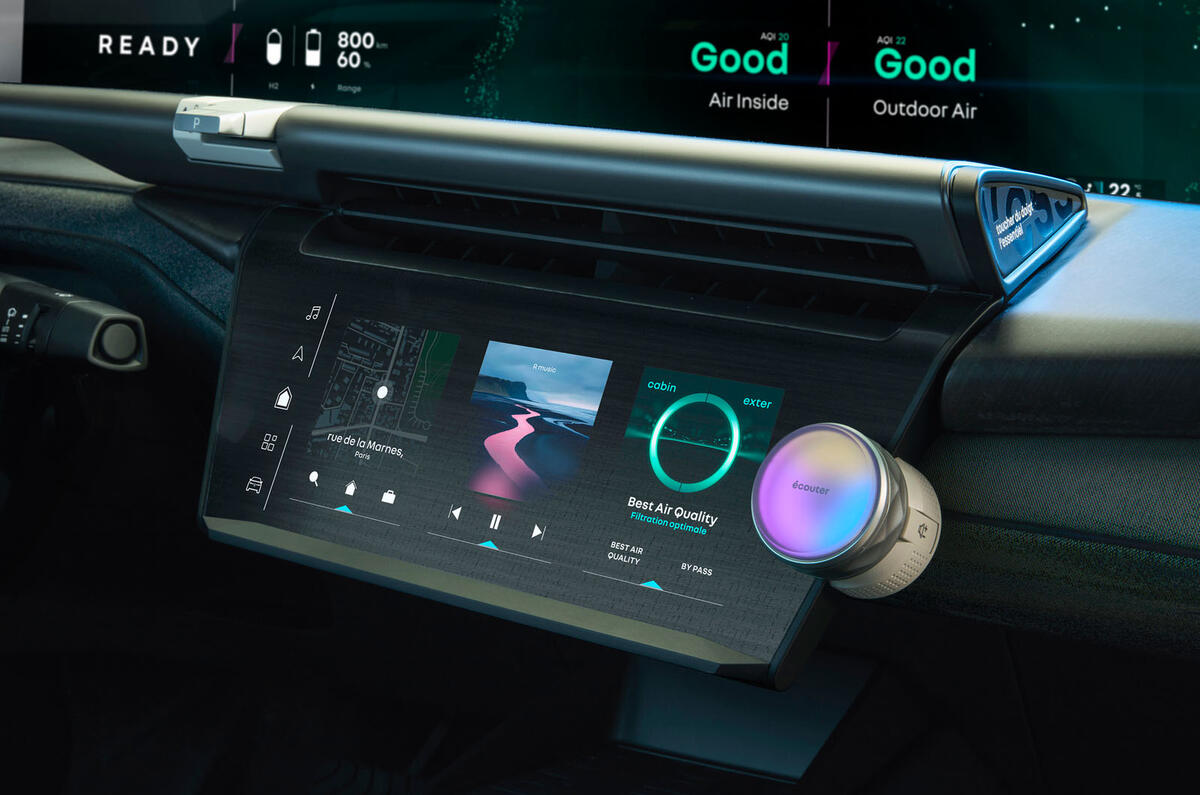
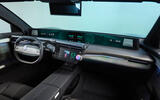
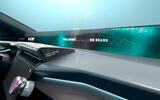
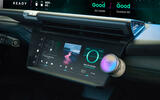






Join the debate
Add your comment
We are using terms such as Cockpit, Cabin, and Welcome onboard, what are we driving? or are we flying?, Renault are only following the herd, what are the essential systems we should be monitoring while we drive?